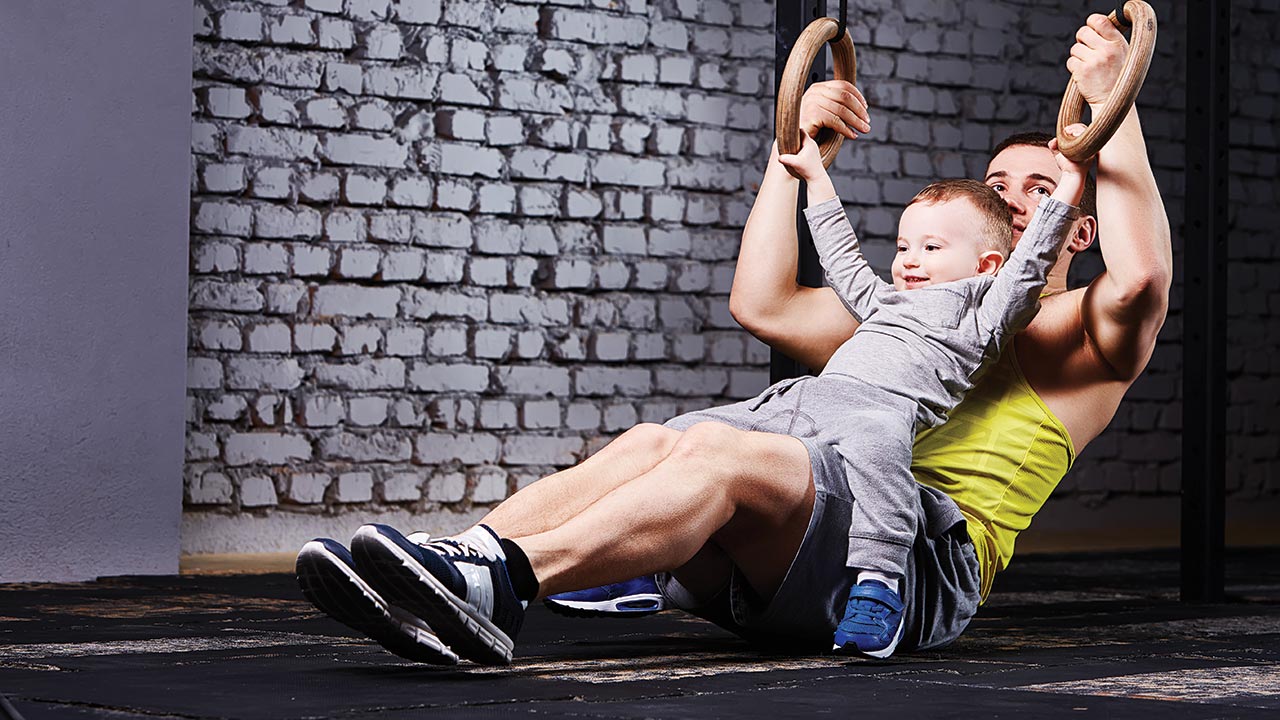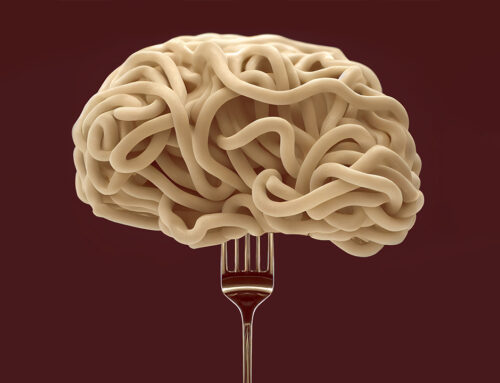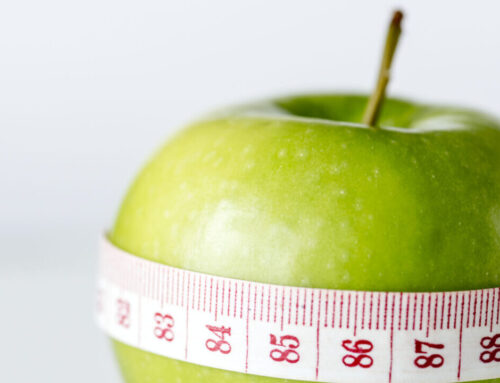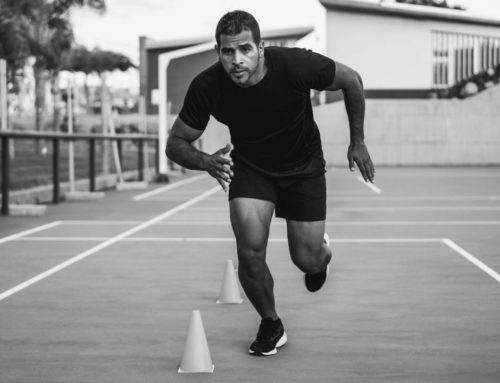Unlearn the poor movement patterns you’ve ingrained into your body posture by taking your exercise cues from a toddler.
Author: Brandan Fokken
Ifbb Physique Pro, dad, nutritionist and Bodybuilding.com athlete
Improve body posture and poor movement patterns – lessons from a toddler
My son, Eastan, just turned a year old.
There’s nothing quite like watching your child grow and explore the world and, as much as he’s learning something new every day, I’m learning from him by looking at life differently.
With his progress from crawling to walking, I’ve also started looking at training in a new way. We’re always looking for better ways to get stronger, feel better, and get in our best shape.
If my son could, here’s what he might have to say about how he’s gotten so strong so fast…
Work with the posture and movement that you’ve got
Children don’t run before they crawl. A baby learns to roll over, then develops stability and scoots in a prone position, sits up, crawls, squats and stands with stability, then finally walks.
Watch a three-year-old squat: it’s perfect depth and control.
Now look at someone who’s been relying on machines for their workouts and sitting at a desk for work: it’s probably imbalanced with added knee pain on top.
The takeaway here is that most of us have lost that stability we worked so hard for. We just don’t squat like we used to.
This is possibly a combination of injury, sitting too much and stiffness from getting old.
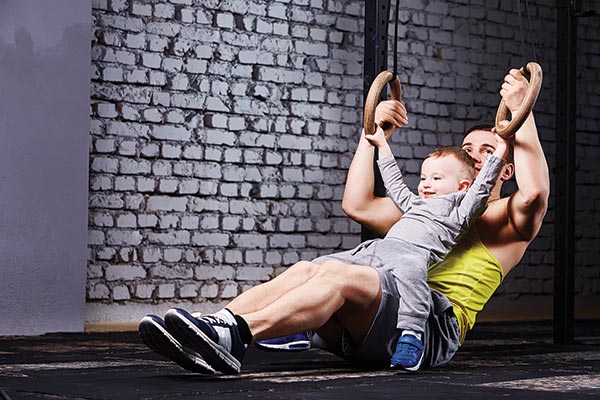
However, if simple progressions of bodyweight basics took you from immobile to mobile as a toddler, why wouldn’t a return to simple developmental patterns do the same again?
The advice then is to return to more bodyweight work as a part (not a replacement) to your current training plan.
If you can’t squat to at least knee level without holding a weight to your body or relying on a machine to balance you, it is time to retool your squat mechanics.
Figure out what’s either too tight or what muscles aren’t firing the way they should to get your body to move through this position.
Eastan had to figure out how to get his core and stabilizers to work in unison before he could start squatting down to pick up his toys and run from one end of the house to the other.
Why are we as adults, spending more time loading up more and more on top of a limited or broken movement pattern?
Especially if it’s clear that we can develop more strength and access more muscle fibers if we had better stability and movement mechanics.
Explore the limits of your body posture and movement ranges
From investigating about the world around him to learning about his own hands and feet, Eastan is scrutinizing everything.
He may discover how far he can reach his arms out to grab something or how much he has to slide off the end of the bed before his feet touch the ground.
He’s learning how much his body can move, and what it’s capable of doing at that end range.
Once we as adults feel like we have learned enough, we have a tendency to stop being inquisitive – even with our own workouts.
Routine becomes monotony, becomes unintended restriction, which breeds limitation.
You stop pushing yourself into unfamiliar patterns of movement and mobility, stick with your comfort zone and unknowingly limit your overall strength.
It’s important that you return to curiosity for movement and our physical capabilities.
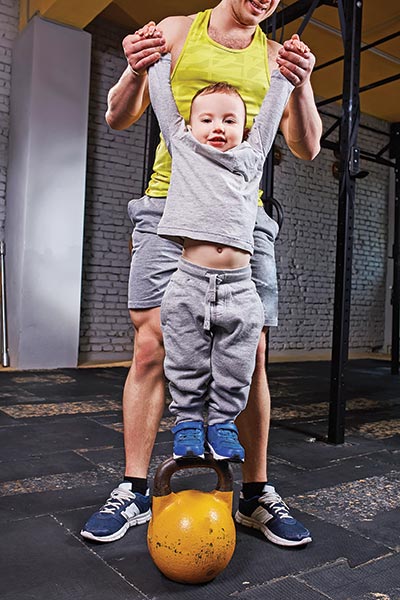
When was the last time you did Turkish Get Ups or Dead Landmines? Worked monkey bars into your back day, or did squats and lunges with rotation?
Perhaps you’re thinking, “Oh I’m too stiff for that” or “I’d probably look foolish, so I won’t try” or some other excuse.
We as adults lose this ability to move and develop strength in multiple planes of motion simply because we stop asking it to reach beyond what is comfortable and easy.
Ask yourself, if you worked on getting some of that old mobility back, wouldn’t you be better at everything you’re doing in the gym?
The body can’t use muscles that it can’t activate, but many workouts have that backwards.
They try to add strength to those muscles first, then attempt to use that strength to enhance mobility.
However, this doesn’t work because, as Gray Cook puts it, “Your brain is too smart to allow you to have full horsepower in a bad body position, it’s called muscle inhibition.”
So you have to ask yourself, are you stiff or restricted in movement because you’ve basically used your training plan to make you that way?
Earn your movement pattern progressions
It’s not as if Eastan wrote himself a game plan for how he was going to get himself from army crawling to stair climbing, but he had no choice other than to earn every advancement he made.
His competency of an action led to his advancement into his capacity for more movement. This is something that is again, very much overlooked in our training plans.
We frequently don’t ask our body to master something simple or isometric before loading something complex and dynamic. And what is the result of this?
Pain, stiffness, injury, frustration, medical bills.
If you can’t control your hip position or prevent your shoulders from rounding in a plank longer than 30 seconds, why is it logical to think that your explosive single arm cable chest press wouldn’t have movement dysfunction?
Isn’t a chest press basically the same movement as a push-up? And isn’t a push-up dynamic shoulder movement with torso isometric stabilization… in other words, a moving plank?
So if your shoulder control is lacking in a plank, why would it be great in a unilateral press?
Maybe you struggle to activate your core muscles in a plank. Would they not then be completely overwhelmed trying to balance you in a single arm press?
If they aren’t working properly, what then has to compensate?
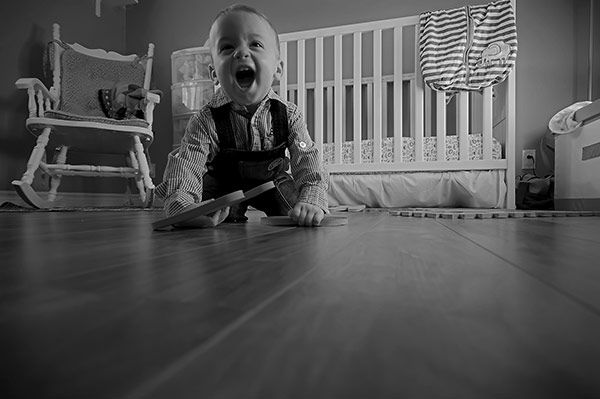
Ever do simple exercises like bird dogs, dead bugs, or bear crawls? These are instant feedback exercises to clue you into how well your core is working with the rest of your extremities.
And if you find out you’re not good at these moves or even planks for extended periods of time, start adding them to your current workouts.
Even if you didn’t stop doing the single arm press, but took the time to build a better foundation through your core, your strength and control in your press would have to improve.
Maybe you’ve come to notice that your hips or back are bugging you in your squats and deadlifts.
Well, how good are you at dynamic lunges, lateral lunges, and hip thrusts? Are you omitting them because they feel wobbly or entirely unfamiliar?
This could be a clue into why your hips and low back don’t feel great in heavy, complex lifts. Your stabilizers aren’t firing up first to support dynamic movement.
Movement inhibition kicks in, and your body is putting up the red flags with pain.
Eastan loved to sit, put his arms out and as fast and hard as he could slam his hands and upper body to the ground.
He then started doing this from a kneeling, then standing position. Over and over while laughing.
This is reactive stabilization and core training. And as he got better, he changed his base of support from broad (sitting) to narrow (standing).
This has massive carry-over into his ability to resist falling over when walking and running.
He wouldn’t have nearly the control that he does now if it weren’t for his progressions in his daily movements.
Have fun with improving your body posture and fixing your movement patterns
Lastly, if you’re not enjoying what you’re doing… why do it?
Why continue to train the way you always have if you don’t like the way you feel and you’re bored of the same old routines?
My son laughs hysterically daily. He invents games for himself that end up making himself stronger and faster as a result.
And that’s the way all fitness used to be. People got better upper bodies because they wanted to master climbing cliffs and rocks.
People got better lower bodies because they enjoyed running and playing outside.
Today, we have gyms that cater to the results of those natural activities, with as little natural human movement as possible.
Of course, aesthetic goals aside, you need the volume of specific movements to grow the muscle size in whatever body part you’re training.
Remember, size goals aren’t lost when adding more functionality into your plan. The argument supports the opposite, actually. Move better – reach new muscle fibers.
Have better competency in those movements – strength is gained. More strength in more fibers amounts to better power and aesthetics.
Bring fun and variety back into your workouts. There’s no harm feeling like a kid again.
For more content to improve body posture and movement patterns, nutrition, and workouts, get TRAIN magazine direct into your inbox every month for free by signing up to our newsletter


